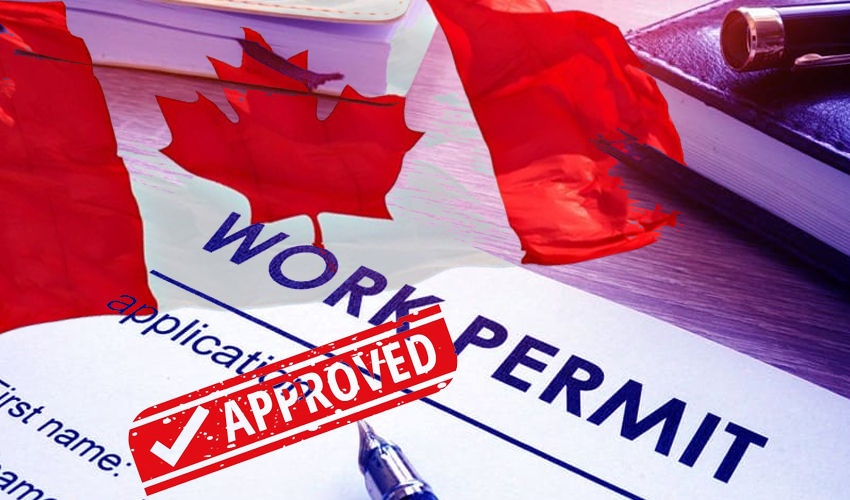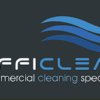Uncategorized
How to Apply for a Free Work Permit in Canada
If you are a foreign student, you may be wondering how to apply for a free work permit or a sponsorship visa in Canada.
Embarking on a journey to work in Canada can be a transformative experience, especially when you have access to the right information about obtaining a work permit and sponsorship visa.
This comprehensive guide is designed to walk you through the steps of applying for a free work permit in Canada, along with securing a sponsorship visa.
We’ll cover the essentials, from finding a Canadian employer who offers visa sponsorship to navigating the application process for a work permit, including the Labour Market Impact Assessment (LMIA).
Additionally, we’ll delve into how family sponsorship visas work for those with relatives in Canada. With clear, step-by-step instructions and essential tips, this guide is your pathway to understanding and successfully managing the Canadian immigration process, opening doors to exciting career opportunities in one of the most welcoming and diverse countries in the world.
The encouraging news is that you can choose from several different alternatives.
⚠️ Beware of Jobs and VISA Scams – Read our guides carefully and APPLY directly using our links and buttons. Application is free! Don’t pay anyone claiming to be a travel or Job Agent!
The open work permit, the regular work permit, and the working holiday visa are the three alternatives available to you.
The particulars of each one are presented here. An important part of the application process is carrying out an analysis of how the change would affect the labor market. You should also be aware that to obtain an official work permit, more processes are required.
Step-by-step Guide to Applying for a Free Work Permit in Canada
Applying for a free work permit and a sponsorship visa in Canada is an opportunity many people from around the globe seek.
The process, while straightforward, requires careful attention to detail and an understanding of the Canadian immigration system.
Step 1: Understanding the Eligibility Criteria
Before diving into the application process, it’s crucial to understand if you’re eligible.
Canada has specific criteria for work permits and sponsorship visas. You need to have a job offer from a Canadian employer who is willing to sponsor your visa.
This job offer should be for a role that is in demand in Canada or for which there are not enough Canadian citizens or permanent residents to fill.
Additionally, the employer must prove that hiring a foreign worker is necessary and that no Canadians are available for the job.
Step 2: The Labor Market Impact Assessment (LMIA)
A key component in applying for a work permit and sponsorship visa is the Labour Market Impact Assessment (LMIA).
Employment and Social Development Canada (ESDC) is conducting this assessment to make sure that hiring a foreign worker won’t hurt the Canadian labor market.
Employers must apply for an LMIA before hiring a foreign worker. Once the LMIA is approved, it serves as confirmation that there is a need for a foreign worker to fill the job.
Step 3: Gathering Necessary Documents
To apply for a work permit and sponsorship visa, you will need several documents.
These include a valid passport, a job offer letter from your Canadian employer, a positive LMIA, and proof of your qualifications and work experience.
It’s important to ensure that all documents are up-to-date and accurately reflect your professional background.
Step 4: Applying for the Work Permit
Once you have all the necessary documents, you can apply for a work permit. This can be done online or at a Canadian visa office in your home country.
The application must include all the required documents, along with the application fees.
It’s important to fill out all the forms accurately to avoid delays or rejection of your application.
Step 5: The Sponsorship Visa Process
If your Canadian employer is willing to sponsor your visa, they will need to submit a separate sponsorship application.
This involves demonstrating their financial ability to support you during your stay in Canada and a commitment to assist you in settling in Canada.
Step 6: Waiting for Approval
After submitting your applications, there will be a waiting period. The processing times can vary depending on the volume of applications and the specific visa office.
During this time, it’s important to stay in contact with your employer and the Canadian immigration authorities to ensure that your application is progressing.
Step 7: Preparing for Arrival in Canada
Once your work permit and sponsorship visa are approved, it’s time to prepare for your move to Canada.
This includes arranging for accommodation, understanding Canadian workplace culture, and familiarizing yourself with the local community where you will be living and working.
Additional Tips:
- Research thoroughly about the specific province or territory where you will be working, as each region in Canada has different job markets and living conditions.
- Brush up on your English or French language skills, as proficiency in one of Canada’s official languages is often required.
- Stay informed about any changes in Canadian immigration policies that might affect your application.
Wrapping up
To sum up, applying for a free work permit and sponsorship visa in Canada involves a straightforward yet meticulous process.
First, you need to find a Canadian employer willing to sponsor you.
You can do this by looking through job listings, networking, or working with recruitment companies that specialize in Canadian employment.
Once you secure a job offer, your employer must obtain a Labour Market Impact Assessment (LMIA) to prove that hiring a foreign worker is necessary.
After this, you can apply for the work permit, ensuring that all required documents are accurately completed and submitted.
Additionally, exploring specific programs like the Provincial Nominee Program or the Atlantic Immigration Pilot can be beneficial.
This process, while it requires patience and attention to detail, opens the door to vast opportunities in Canada, offering a chance to work, gain experience, and contribute to the Canadian economy.
Remember, staying informed about the latest immigration rules and seeking guidance from official Canadian immigration resources is crucial to ensuring a successful application.







Francis
October 21, 2022 at 7:18 am
How can I full the form
Joseph kwabena sakyi
April 1, 2023 at 9:15 am
Please am fashion desginer I need scholarship for international students at Yunnan university, china.am very interesting to apply.
Racheal kwei
April 7, 2023 at 8:02 pm
Please I’m interested
Nkosiyazi
April 28, 2023 at 6:12 pm
Good day my name is Nkosiyazi based in south African but from Zimbabwe by birth i would like if any one can help me to get a job overseas i do not choose the job i can do anything at this hard time iam available and wish to get a sponsor. I can be reach on the following numbers +27763578278 it whatsspp calls